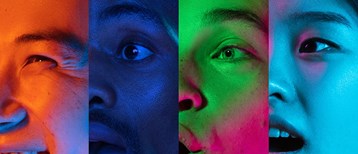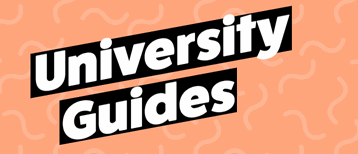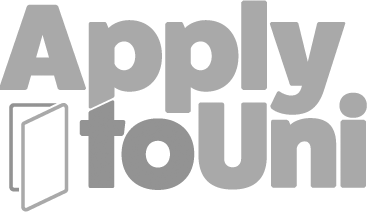Common Interview Questions for an Art & Design Course

For the majority of university students an interview isn’t something they need to worry about. However, if you’re applying for Art & Design courses then you’ll have a three stage application process:
- UCAS application
- Portfolio
- Interview
In some cases a university might combine seeing your portfolio with an interview, so you’ll be asked to present your portfolio in person and discuss the pieces you’ve chosen to show.
Alternatively you might be asked to submit your portfolio online and the content of your portfolio will determine whether you get to the interview stage of the application process.
What will happen at an Art & Design degree interview?
All universities have their own interview process and technique, but essentially universities tend to choose one of three different formats for interviews.
Remember, the university isn’t just interviewing you. You’re also interviewing them to see whether the course and the course content is right for you. After all, there’s no point interviewing for a course that mostly covers modern art if you’re actually more interested in fine art.
Here are the three most likely possibilities for your Art & Design interview:
Individual interviews (face-to-face)
A face-to-face individual interview will generally involve you discussing your portfolio, the Art & Design course, your interests, influences and role models, and your personal statement.
You’ll also have the chance to ask the interviewer any questions you might have.
Individual interviews (virtual)
In some cases, particularly if you’re applying for a course that is some distance away from your home or abroad, you might be invited to have a virtual interview.
Usually you’ll use something such as Skype, but you might also have a telephone interview or at the very least, email the tutor(s) to discuss the course, your portfolio etc.
Group interviews
During the interview you’ll probably take part in collective discussions, debates, and possibly some practical work. The key with a group interview is to make sure you say something. You don’t need to dominate the conversation but it’s important not to stay silent because you’re shy, being polite, or can’t think of something to contribute.
Top tips for an Art & Design interview
Here are our top tips to ace your Art & design interview:
Be prepared
Research the course content again and prepare some specific questions about it so you’re not left surprised if something you weren’t expecting is included in the course.
Also check the interview letter and ensure that you bring everything with you that you need to. Don’t fall at the first hurdle by only bringing one piece of work when you should have bought five, for example.
Make sure you input to discussions
Regardless of whether you have a one-to-one interview or a group interview, the person interviewing you is going to want to hear your thoughts and opinions.
Study the sample interview questions and roughly prepare your answers. You shouldn’t sound robotic but planning some clear, concise answers will help you combat nerves and get your point across effectively.
Practice talking about your portfolio
The one thing you can guarantee is that the interviewer(s) is going to want to talk through your portfolio.
Remember, don’t just talk about what you’ve done, but the why and the how as well. This is where you can talk about what/who has influenced you, the techniques you’ve used, and what you learnt during the creative process.
Re-read your personal statement
This is another thing that your interviewer(s) will almost certainly talk about, so make sure you know what you said and be ready to expand on that.
Don’t slip up on basic knowledge
It’s all very well saying that Damien Hirst has been your biggest influence, but if you then don’t sound like you know anything about his work it will show huge gaps in your knowledge.
Common interview questions for an Art & Design course
- What area of art are you interested in?
- Have you done some art work at home as well as at school?
- Do you know anyone who has done art before?
- What will you do if you do not get a place on the course?
- What do you think the course can do for you?
- In the past what was your favourite project, and why?
- Where do you go for inspiration?
- When creating graphics, what do you feel is the most important aspect: Planning, design or implementation ... And why?


